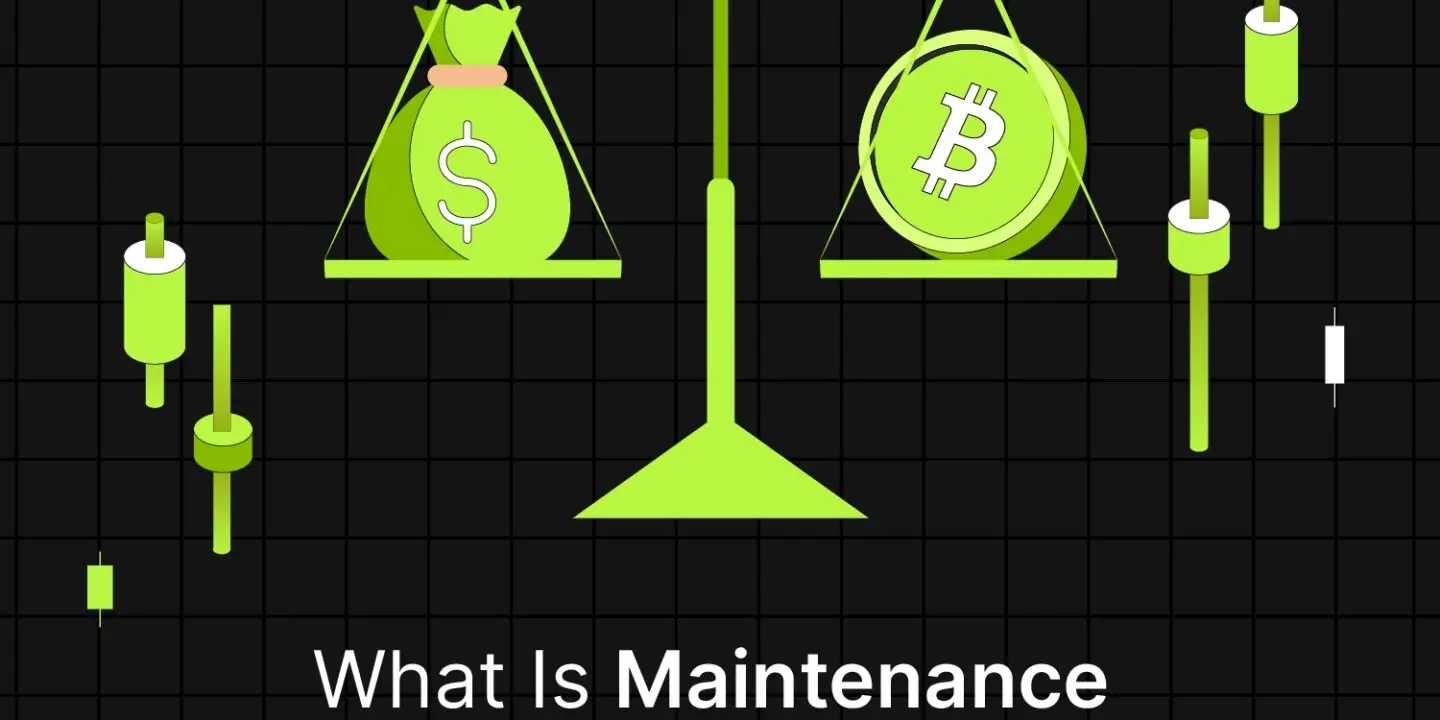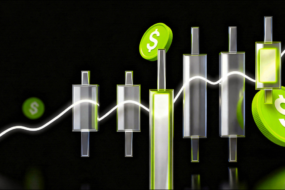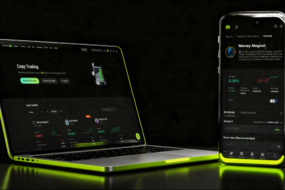
In crypto futures trading, one of the most important concepts to understand is the maintenance margin (MMR). It is the minimum equity a trader must hold in their account to keep a leveraged position open. If account equity drops below this level, the exchange will trigger a margin call or automatically liquidate positions to prevent further losses.
This guide explains what maintenance margin is, how it works, how it differs from initial margin, and how to manage it effectively. We also cover related queries such as margin calls, crypto derivatives margin, and the difference between margin and futures trading.
What Is Maintenance Margin in Crypto Trading?
The maintenance margin in crypto trading is the minimum percentage of equity that must be maintained in your account to avoid liquidation of your futures position. If your account balance falls below this threshold, the exchange may issue a margin call or close your position automatically.
In short: maintenance margin = minimum balance required to keep positions open.
What Is MMR in Futures Trading?
MMR in futures trading stands for Maintenance Margin Requirement. It represents the minimum amount of collateral you need in your account to continue holding a futures contract. If your balance dips below the MMR, liquidation begins.
What Is MMR in Trading?
In broader trading terms, MMR applies to both traditional markets and crypto. It is the same principle: the equity level below which positions cannot be maintained. In crypto, it is typically lower than the initial margin but fluctuates depending on volatility, leverage, and exchange policy.
Difference Between Initial Margin and Maintenance Margin
- Initial Margin: The amount required to open a futures position.
- Maintenance Margin: The minimum balance needed to keep that position open.
| Feature | Initial Margin | Maintenance Margin |
| Purpose | Required to open a trade | Required to keep the trade active |
| Percentage | Higher | Lower |
| Risk | If not met, you cannot open a position | If not met, position may be liquidated |
Example: With $1,000 initial margin and 10x leverage, you control a $10,000 position. If the MMR is 2%, you must always keep at least $200 equity to avoid liquidation.
How Are Margin Calls Automated in Crypto?
Crypto exchanges use automated margin calls to protect users and the platform. Here’s how it works:
- Your account equity falls below the MMR.
- The system issues a margin call notification.
- If funds are not added quickly, the exchange automatically liquidates the position.
- Any remaining collateral after losses is returned to the trader.
This process ensures solvency and prevents cascading defaults in volatile markets.
What Is Crypto Derivatives Margin?
Crypto derivatives margin is the collateral required to open and maintain leveraged trades such as futures or perpetual contracts. It is divided into initial margin (to open a trade) and maintenance margin (to keep the trade open).
Unlike spot trading, derivatives margin trading allows traders to amplify both profits and risks.
What Is the Difference Between Crypto Margin and Crypto Futures?
Although related, crypto margin trading and crypto futures trading are not the same.
- Crypto Margin Trading: Traders borrow funds to increase the size of spot trades. Positions are supported by borrowed capital plus collateral.
- Crypto Futures Trading: Traders enter contracts to buy or sell crypto at a set price in the future. Futures require initial and maintenance margin but do not involve borrowing in the same way.
In short: margin trading = borrowing for spot trades; futures = leveraged contracts requiring margin.
How Does Leverage Affect Maintenance Margin and Liquidation?
Leverage directly impacts the maintenance margin and liquidation risk:
- Higher leverage = lower initial margin but higher liquidation risk.
- Lower leverage = safer, as the margin buffer is larger.
Example:
- At 5x leverage, a 20% adverse price move can trigger liquidation.
- At 20x leverage, just a 5% move against you may liquidate your position.
How to Avoid Margin Calls in Crypto Trading
To reduce the risk of liquidation from falling below the MMR, traders should:
- Monitor positions: Check equity and margin levels frequently.
- Set stop-loss orders: Automatically close positions before equity falls too low.
- Use moderate leverage: Avoid maximum leverage in volatile markets.
- Diversify exposure: Spread capital across assets to limit concentrated risk.
- Stay updated: Watch for market events that may trigger sudden price swings.
Why Is Maintenance Margin Important?
The maintenance margin serves several purposes:
- Prevents accounts from going negative during extreme volatility.
- Protects exchanges and counterparties from unpaid losses.
- Encourages responsible trading behavior.
- Maintains fair and orderly market conditions.
Without it, leveraged crypto markets would face higher risks of systemic instability.
Example of Maintenance Margin in Action
Imagine you open a $10,000 BTC futures long position with:
- Initial margin: $1,000 (10x leverage).
- Maintenance margin: 2% ($200).
If BTC drops and your account equity falls to $180, your position is liquidated. This protects the exchange and ensures your losses do not exceed your collateral.
Conclusion
The maintenance margin is one of the most important safeguards in crypto futures trading. It defines the equity threshold you must maintain to keep positions open, protecting both traders and exchanges from runaway losses.
By understanding what MMR in trading means, how margin calls are automated, and the difference between crypto margin vs futures, traders can navigate the futures market more safely.
FAQs
1. What is maintenance margin in crypto trading?
It is the minimum equity required to keep a leveraged futures position open. If your account falls below this level, liquidation may occur.
2. What is MMR in futures trading?
MMR is the maintenance margin requirement, the equity you must maintain to avoid forced liquidation.
3. What is MMR in trading?
In both crypto and traditional markets, MMR is the minimum collateral that must remain in your account to keep positions active.
4. What is the difference between initial margin and maintenance margin?
Initial margin is needed to open a position; maintenance margin is needed to keep it open. If equity drops below MMR, liquidation begins.
5. How are margin calls automated in crypto?
Exchanges monitor account equity in real time. If equity < MMR, they issue a margin call and liquidate positions automatically if funds are not added.
6. What is crypto derivatives margin?
It is the collateral required to trade leveraged products like futures or perpetual contracts. It consists of both initial and maintenance margin.
7. What is the difference between crypto margin and crypto futures?
Margin trading uses borrowed funds in spot markets. Futures are contracts that require margin collateral but do not involve direct borrowing.
8. How does leverage affect maintenance margin and liquidation?
The higher the leverage, the smaller the margin buffer, and the greater the risk of liquidation from small price moves.
9. How to avoid margin calls in crypto trading?
Monitor your positions, use stop-losses, apply moderate leverage, and diversify to reduce liquidation risk.
About Bitunix
Bitunix is one of the world’s fastest growing professional derivatives exchanges, trusted by over 3 million users across more than one hundred countries. Ranked among the top exchanges on major data aggregators, Bitunix processes billions in daily volume and offers a comprehensive suite of products including perpetual futures with high leverage, spot markets, and copy trading. Users can trade bitcoin and other major cryptocurrencies on the platform, taking advantage of advanced trading features. Known for its Ultra K line trading experience and responsive support, Bitunix provides a secure, transparent, and rewarding environment for both professional and everyday traders. Bitunix Academy adds structured lessons so you can build skills while you trade.
Bitunix Global Accounts
X | Telegram Announcements | Telegram Global | CoinMarketCap | Instagram | Facebook | LinkedIn | Reddit | Medium
Disclaimer: Trading digital assets involves risk and may result in the loss of capital. Always do your own research. Terms, conditions, and regional restrictions may apply.












